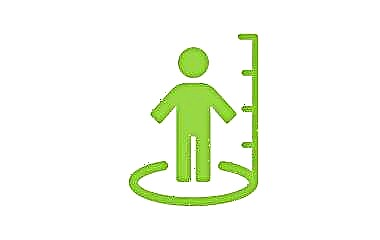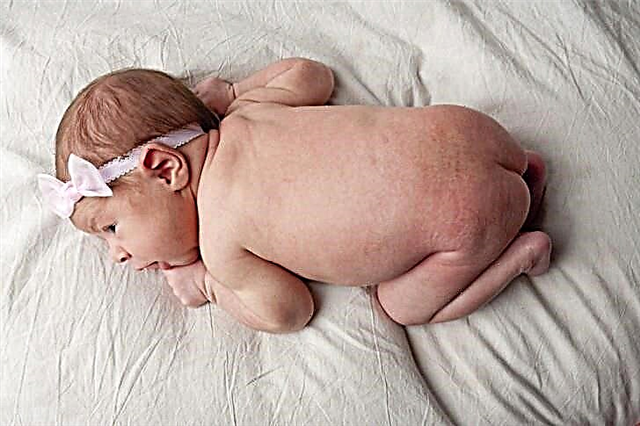Modern mothers cannot raise babies without medical help. The staff of the children's clinic and the district pediatrician are active helpers of parents in maintaining the health of young patients.
Registration in a polyclinic

Even during the period of stay in the hospital, all the data on registration are taken from the mother for transfer to the district pediatrician. The next day after discharge from the hospital, a doctor comes to the newborn to examine the baby. In addition to the necessary recommendations, the pediatrician will inform the mother about taking the baby on the day. All scheduled examinations and vaccinations are carried out on this day, since during this period pediatricians work only with children under 1 year old.
On the first visit to the clinic, an outpatient card is set up for the baby. It contains all the data about the little patient, his development and general condition. It is this document that gives the child the right to visit this clinic. A day for babies will be needed to visit the pediatrician before the child is 1 year old.
Business hours

The doctor appoints the time for taking the baby. If parents have a choice, then follow these helpful tips:
- the time of going to the clinic should be in the interval between the child's sleep period;
- when organizing the reception of babies with coupons, it is better to take No. 1 or No. 2, so as not to stand in line for a long time;
- it is necessary to check with the doctor on what days the reception of healthy babies is carried out so as not to catch an infection.
You do not need to sign up for an electronic queue to visit a pediatrician on a baby day. Usually, doctors see children on coupons or on a first come, first served basis.
Doctor's examination

In the polyclinic, the doctor examines the baby and asks the mother questions regarding his nutrition and daily routine. Mothers tell the doctor about feeding the baby. The doctor undresses the newborn, listens to his lungs and heart, and also measures the circumference of the head, chest, height and weight. The specialist puts the baby on the back and palpates the abdomen.
Careful listening to the heart can detect murmurs at an early stage. Studying the fixation of the infant's gaze on the object and his reaction to sound is the responsibility of the pediatrician. At the first visit, the baby's hip joints are bred to exclude congenital pathologies.

The doctor examines the child for neurological symptoms. This could be a decrease in muscle tone, a shaking chin, or hand tremors. If pathologies are detected, the baby is referred to a narrow specialist.
Visit to the pediatrician

Medical care for an infant under 1 year old requires a monthly visit to the clinic. At the reception, all the achievements of the baby will be recorded in the outpatient card. After the first month of life, all narrow specialists are bypassed, and the next examination will come in 6 months. To do this, you will need to take a blood and urine test of the baby.

For children under one year old, 6 scheduled examinations are provided. They are held at 1, 3, 6, 9 and 12 months. There is a generally accepted schedule for visiting specialists that cannot be neglected. After all, a disease detected in the early stages is easier to treat. At the age of one, the child is already receiving the measles, rubella and mumps vaccine.
Timely examination of the baby and proper treatment will keep him healthy for life.



